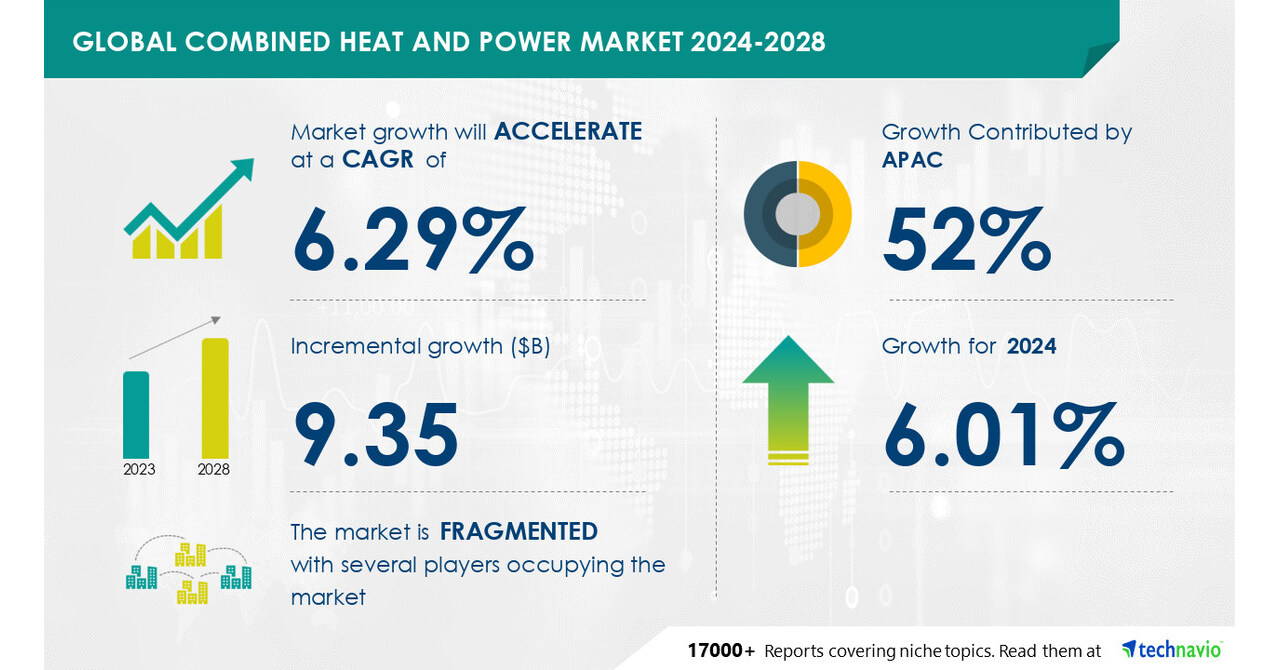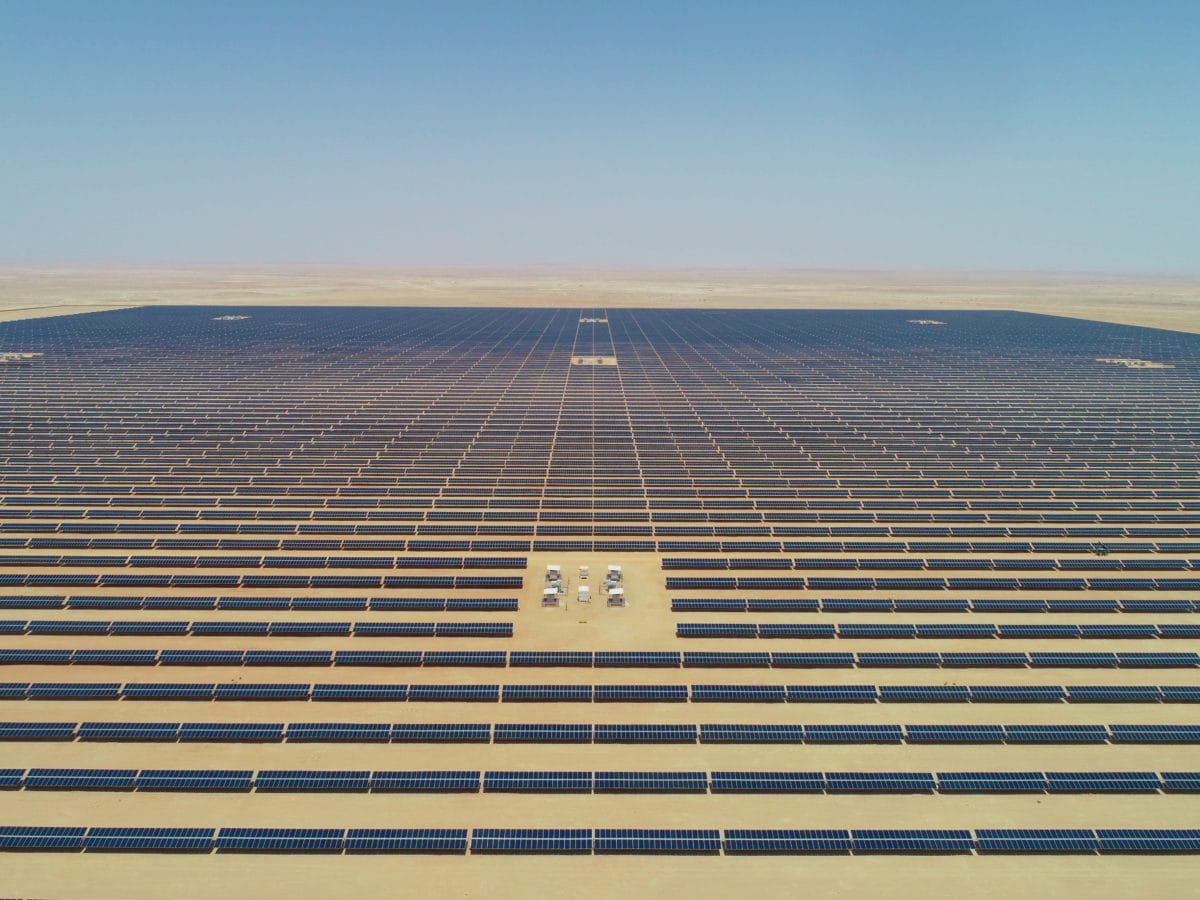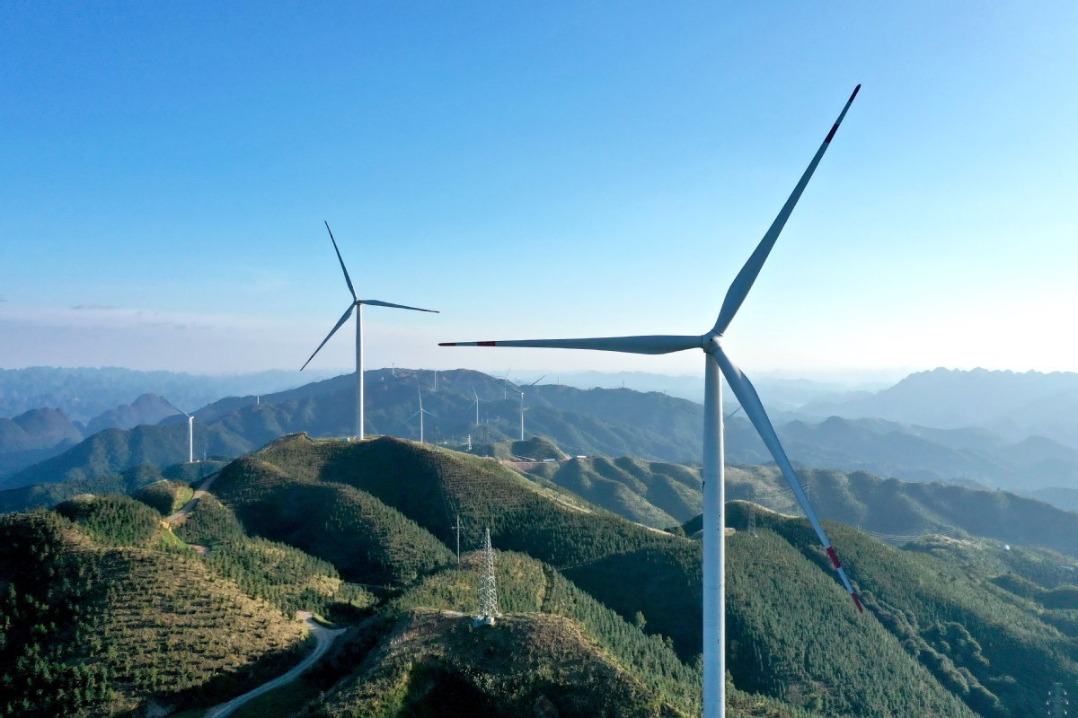The global combined heat and power (CHP) market is poised to expand by USD 9.35 billion from 2024 to 2028, with a projected Compound Annual Growth Rate (CAGR) of 6.29%. Technavio’s analysis highlights key trends and challenges driving this growth trajectory.
Advancements in CHP Technologies
Significant advancements in combined heat and power (CHP) systems are reshaping the market landscape. Enhanced efficiency, facilitated by advanced turbines and engines, along with the integration of renewable sources such as solar and wind, marks a pivotal trend. Notably, micro-CH systems are democratizing CHP adoption among residential and small commercial users, fostering energy autonomy and cost-efficiency.
Challenges Hindering Adoption
Despite promising prospects, the high initial investment required for CHP units poses a significant challenge. The operational costs of systems like ENE-FARM, based on proton exchange membrane fuel cells (PEMFC), exceed those of traditional power systems by 116%. Fuel cells, integral to CHP, remain expensive despite declining prices. While natural gas abundance and ongoing research efforts have mitigated costs, subsidies remain vital for fuel cell competitiveness.
Natural Gas Sector Surge
The natural gas sector is poised for notable growth, driven by its pivotal role in CHP technology. Combining electricity and useful heat generation from a single fuel source, natural gas emerges as a clean, efficient, and readily available option. Its environmental benefits, including lower greenhouse gas emissions and air pollutants, position it as a sustainable choice. Industries spanning manufacturing, healthcare, and residential buildings are increasingly turning to natural gas for energy needs, propelling market expansion.
Analyst Insights
The CHP market encompasses diverse sectors, including biogas, gas turbines, reciprocating engines, solar panels, wind turbines, and hydrogen. Catering to utilities, industrial facilities, healthcare institutions, and various other sectors, CHP systems play a pivotal role in emissions reduction and energy efficiency. By optimizing energy costs and reducing greenhouse gas emissions, CHP technology aligns with environmental regulatory pressures, offering reliable solutions for commercial and industrial facilities.
Market Overview
Gas pretreatment emerges as a critical aspect for reducing greenhouse gas emissions in industrial operations, particularly within natural gas-dependent sectors like CHP systems. Amidst economic constraints and a growing focus on sustainability, industries are increasingly adopting cost-effective solutions like CHP to optimize energy usage. This market trend underscores the importance of gas pretreatment methods in ensuring the smooth operation of industrial boilers within CHP setups, thereby facilitating emissions reduction and cost savings.
As industries prioritize sustainability and cost efficiency, CHP stands out as a practical solution, supported by effective gas pretreatment methods and a concerted effort to reduce greenhouse gas emission.
Source:prnewswire.com





